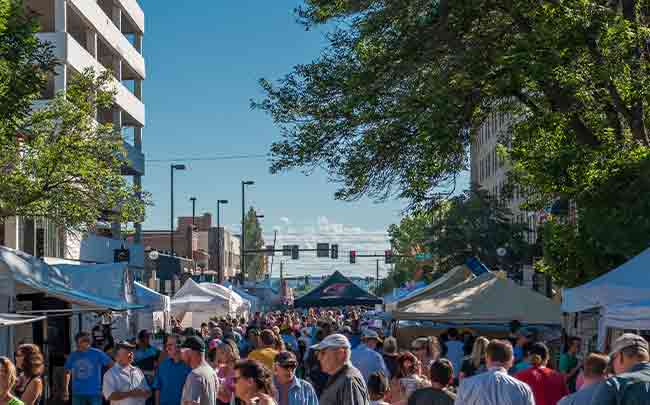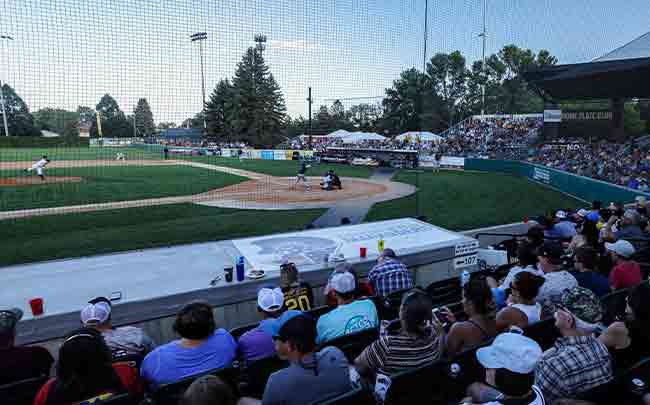Population Demographics
As of 2024 the population of Bismarck is 76,423. The population is expected to grow to 79,060 by 2029 - a growth rate of 0.68%.
The median age of Bismarck residents is 39.
The diversity index of Bismarck is 34.6, meaning that there is a 35% chance that any two people selected out of 100 residents will be of different race or ethnicity from one another.















